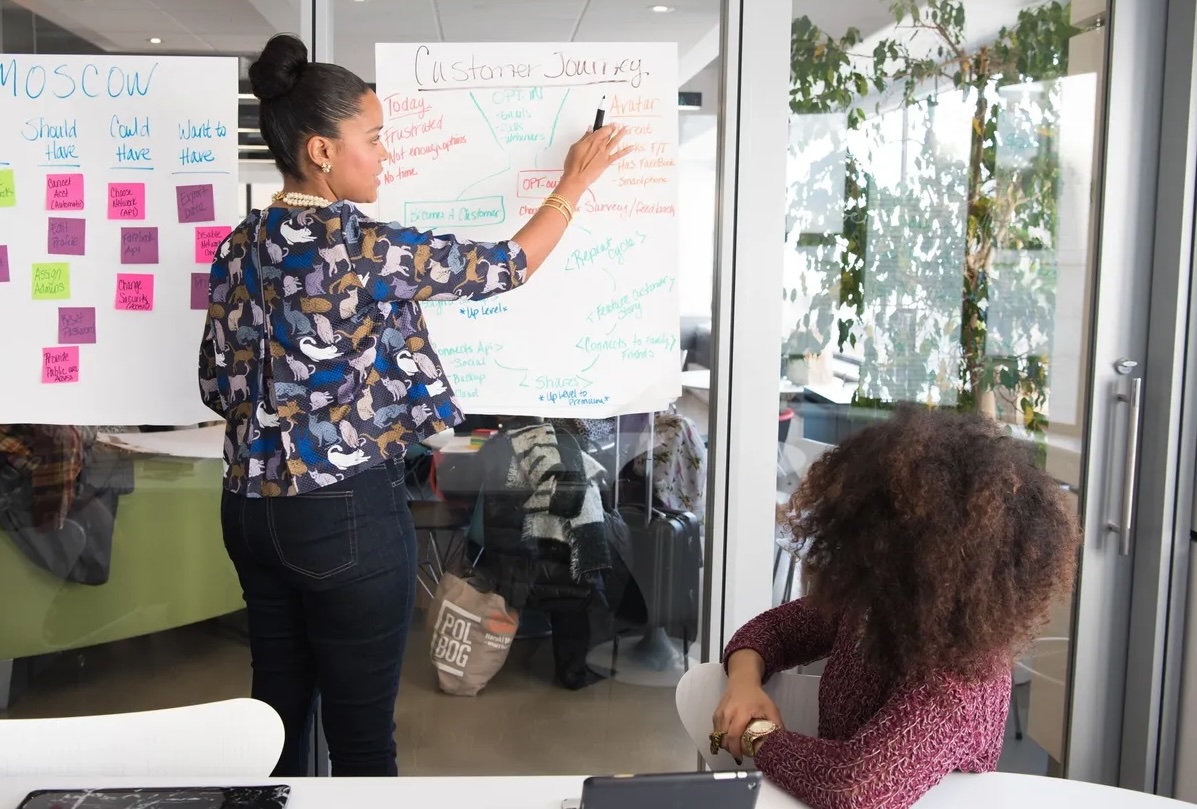ImpactAlpha, Dec. 5 – Ten thousand people who had trained for an Ironman last October were told that the swimming portion of the event was cancelled for a reason many had not heard of: toxic algae in the Ohio River.
Many people may have wondered: What is toxic algae? And how could it be bad enough to scrap an Ironman event?
Over the past 50 years, agricultural runoff from the increased use of fertilizers, storm water runoff from increasingly concrete cities, and wastewater effluent from municipal and industrial plants concentrated ‘nutrients’ such as nitrogen and phosphorus in downstream water bodies. In excess, these nutrients lead to a heavy growth of plant life or toxic algae blooms, which are harmful to humans and animals.
Recent studies and wastewater-related incidents underscore the problem of nutrient pollution:
- Nutrient pollution is “one of America’s most widespread, costly and challenging environmental problems,” according to the Environmental Protection Agency. More than half of rivers, 71% of lake acres, 79% of estuary square miles and 98% of the Great Lakes shoreline miles are impaired.
- High nitrate levels have been observed in 30% of Iowa’s municipal water systems, directly affecting the quality of the drinking water for 260 communities.
- In Toledo, Ohio, 400,000 residents lost their public access to drinking water for three days in 2014 due to algal toxins in the city’s water system.
- Algal blooms occurred from Alabama to Florida in 2016, closing down beaches and affecting local communities. A state of emergency was declared in four coastal counties in Florida.
- The cumulative effects of nutrient pollution in the Midwest, have resulted in downstream dead zones in the Gulf of Mexico. This past summer’s dead zone was roughly the size of Massachusetts. NOAA estimates that these dead zones cost the U.S. seafood and tourism industries a combined $82 million per year.
There are thousands of wastewater treatment facilities scattered across the country, playing an essential role in removing pollution from water before it reaches waterways and the ocean, and our drinking glasses.
Unfortunately, resources for these wastewater treatment facilities are also scattered across the country. As a result, only a minority of wastewater treatment facilities are able to effectively monitor and treat harmful nutrient outflow.
This is a problem: Wastewater treatment facilities contribute about 24% of the phosphorous and 13% of the nitrogen in the Great Lakes and the Large River Basins. These are typically the most controllable sources of nutrients, but we need better technology, more funding and broader-based implementation to tackle the problem.
That’s why KKR made an investment with XPV Water Partners in a platform focused on the wastewater management space. We are aiming to build an end-to-end provider of nutrient management solutions. With our foundational acquisitions of Environmental Operating Solutions Inc. and Nexom Inc. – two providers of nutrient management solutions for wastewater treatment facilities – and with more acquisitions to come, we believe we will be able to bring to market a scaled solution offering a portfolio of products and services to enable wastewater treatment facilities to better monitor for and remove harmful nutrients.
The investment is part of our impact investing strategy that invests in business models that contribute measurable progress toward the United Nations Sustainable Development Goals. By reducing pollution and improving water quality, this new platform will deliver measurable progress toward achieving SDG No. 6, Clean Water and Sanitation.
Specifically, we believe that this platform is directly aligned with Target 6.3, which calls for “improving water quality by reducing pollution, eliminating dumping and minimizing the release of hazardous chemicals and materials, halving the proportion of untreated wastewater and substantially increasing recycling and safe reuse globally.”
We plan to track the impact of our investments by measuring our progress against, first, the volume of wastewater safely treated and, second, the number of tons of nutrients removed from wastewater treatment facilities.
We see an opportunity to meaningfully contribute solutions to this challenge and, ultimately, optimize how modern societies approach wastewater treatment so that we can improve water quality.
Robert Antablin is the co-head of KKR Global Impact.











